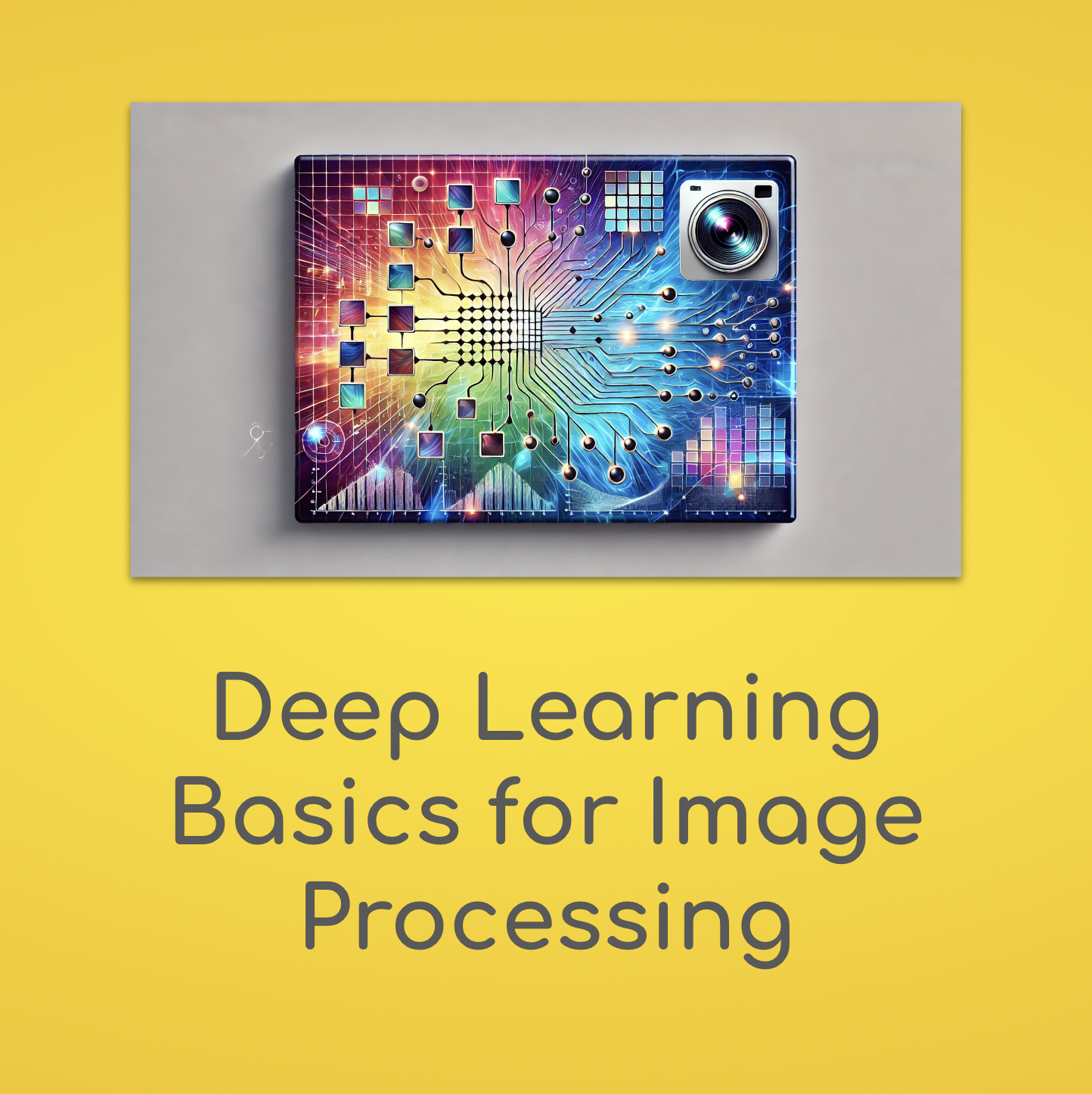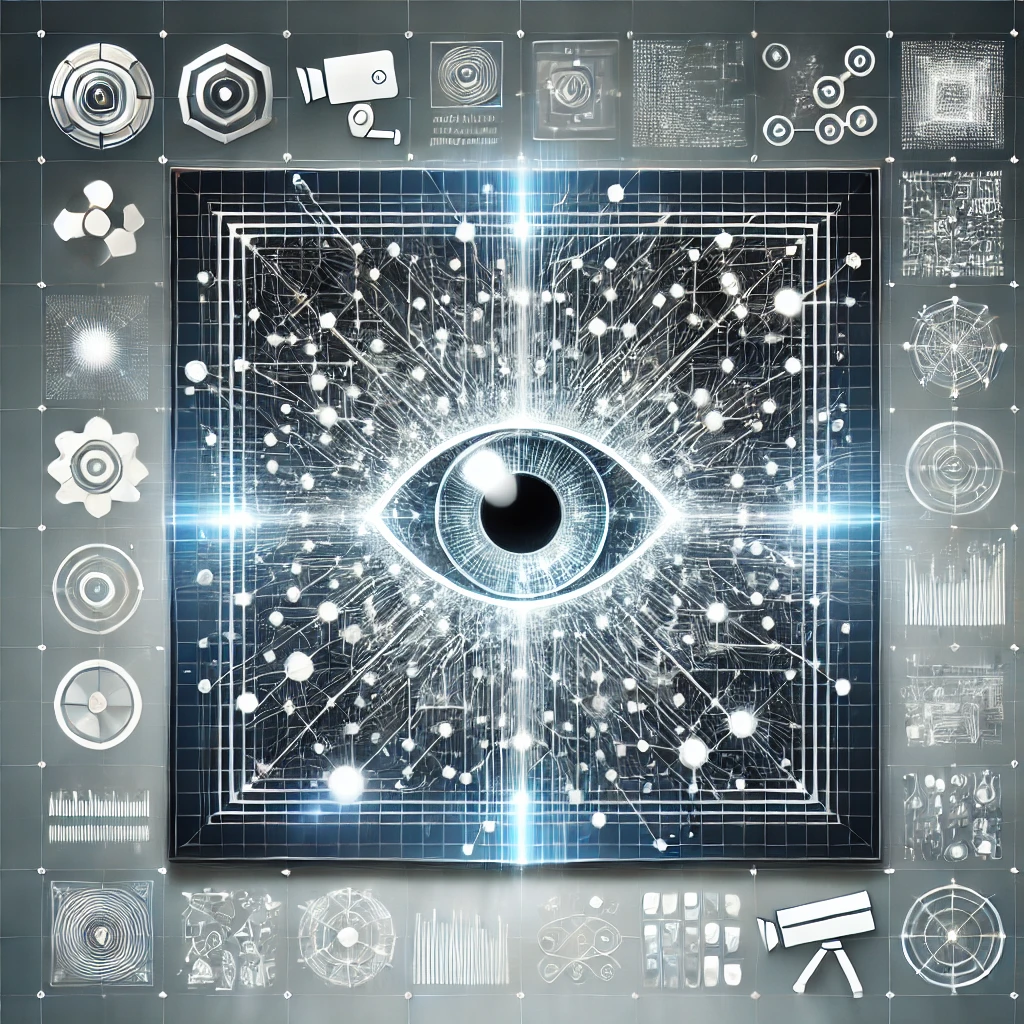
Super‑Resolution Secrets for Sharper Photos
In a world where sharper images drive better sales, clearer insights and richer storytelling, super-resolution technology is becoming essential. This blog unpacks how AI models — from early SRCNN to powerful ESRGAN and beyond — transform low-res photos into high-detail masterpieces. Explore real-world success stories in e-commerce, satellite imaging and film restoration and learn how you can build a production-ready super-resolution pipeline. Whether you’re upgrading product photos or restoring cinematic classics, discover how AI-powered upscaling is unlocking new possibilities for businesses and creators.

Autoencoders Explained: Denoise & Compress Pics
Autoencoders are transforming how we process and understand images in the AI era. These powerful neural networks don’t just copy data — they learn to capture the essence of an image, making them incredibly useful for cleaning up noise, compressing large files, and even spotting subtle anomalies that would otherwise go unnoticed. In this comprehensive, beginner-friendly guide, we break down how autoencoders work, including their encoder-decoder structure, the concept of latent space and how they rebuild clean, compact versions of input images. You'll discover how they outperform traditional filters in denoising, beat classic formats like JPEG in compression and provide a flexible, scalable method for visual anomaly detection. Whether you’re a developer, data scientist or product owner, this post will help you understand how to build, train and deploy autoencoders in real-world pipelines — across industries like retail, healthcare, logistics and beyond.

Deep Learning Basics for Image Processing
Deep learning is reshaping the landscape of image processing, enabling solutions that were once considered science fiction to become everyday reality. With neural networks capable of automatically extracting features and patterns, models now handle everything from simple classification tasks to complex challenges like object detection, image segmentation, and background removal. As advances in GPU computing and neural architectures make training these models more accessible, businesses and developers can quickly integrate robust visual intelligence into their products. Whether fine-tuning a pre-trained model through transfer learning, scaling operations using cloud-based APIs, or exploring cutting-edge techniques like self-supervised learning, the deep learning revolution puts powerful tools at the fingertips of anyone looking to transform raw images into actionable insights.

The Future of Computer Vision: Trends to Watch
Delve into the transformative world of computer vision and uncover the trends that are redefining how machines perceive and interact with visual data. From the latest advancements in deep learning architectures like Vision Transformers to the real-time capabilities unlocked by edge computing, this exploration highlights the fusion of computer vision with natural language processing and the rise of multimodal AI. Understand the ethical considerations surrounding data privacy and bias and discover how API-based and custom solutions are making sophisticated image processing accessible across industries. Stay ahead of the curve by embracing these innovations that are not only shaping technology but also driving business competitiveness in a rapidly evolving digital landscape.
